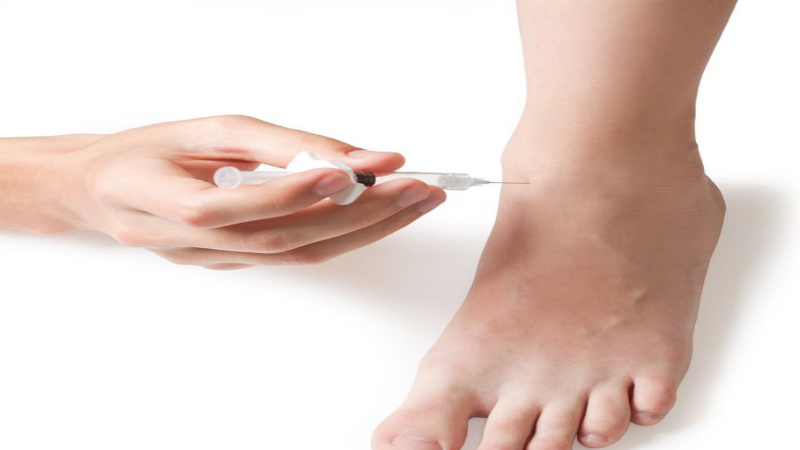A hammertoe is when there’s an imbalance with the ligaments and muscles in your toe that lead the middle joint of a toe to be permanently bent. This gives the top of the toe a sharp, knobby appearance, and reportedly can be very painful for those who suffer from one. It’s usually the middle three toes that develop this issue, though the baby toe can also be afflicted, though it will sometimes curl inward instead of bending. The pain caused by hammertoes is largely the rubbing, cramping, and abrasion against the inside of footwear, therefore, women are more likely to complain of a hammertoe related pain than men. A flexible hammertoe is one that can be moved, but holds this as a natural position, and is easier to treat and deal with. If untreated, it can develop into a rigid hammertoe, which cannot be moved around at all, and is harder to treat.
Why Do Hammertoes Develop?
Many muscles within our body work in pairs. One side contracts while the other relaxes to move the muscles one way, and then they reverse to move the other way. The most complex Olympic routine is just a bunch of muscles contracting and relaxing. The toes are the same way, and when one muscle is out of balance with the other, hammertoes form. You might have a genetic predisposition to them, develop them due to arthritis or an injury, or simply age enough that hammertoes develop.
Symptoms of Hammertoes
Some symptoms of hammertoes include:
- Toe pain when putting on or wearing shoes
- Rough callouses on the toe knuckles
- Redness and swelling around the joint
- Difficult or painful to move the toe around
- The part of the foot attached to that toe hurts
What Can You Do?
As with any chronically painful issue, seeking medical attention is vital to spare you the pain and prevent the problem from getting worse. If you’re suffering from hammertoes in Hyde Park, you can visit Mitchell Foot and Ankle to get relief. A doctor will be able to diagnose whether you have hammertoes, usually by a quick examination, but an x-ray is often necessary to determine the full extent. There are a few treatment options that may be available, depending on your condition. Padding or wearing specially made shoes can often provide relief. some injections might be capable of loosening the toes, and exercises might work to limber them up. If all else fails, sometimes surgery is necessary. To know more information visit https://www.web.com/





